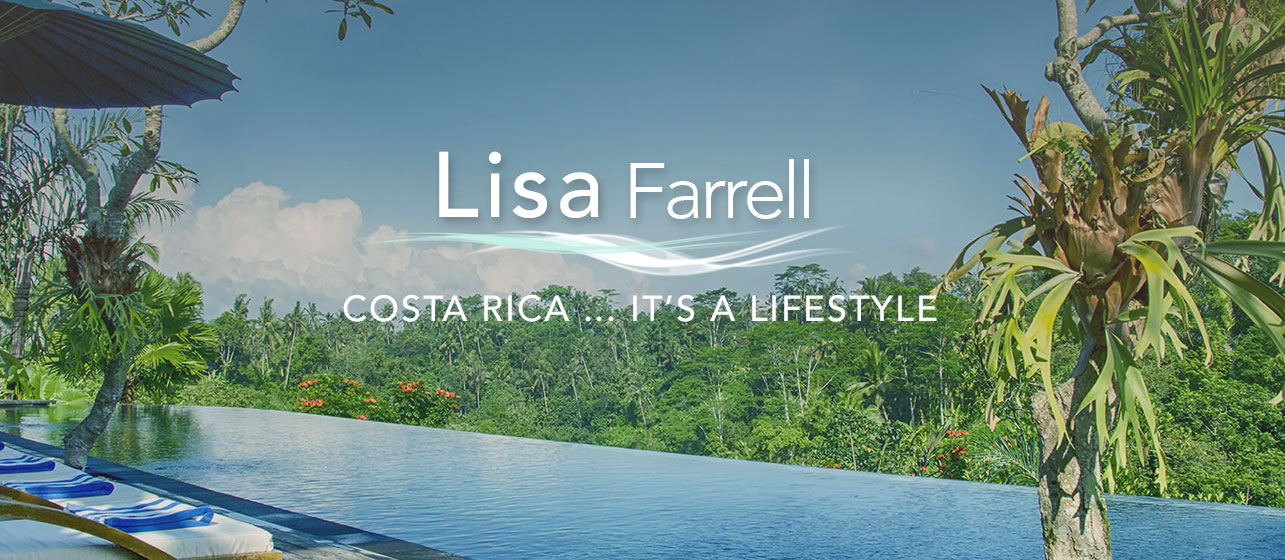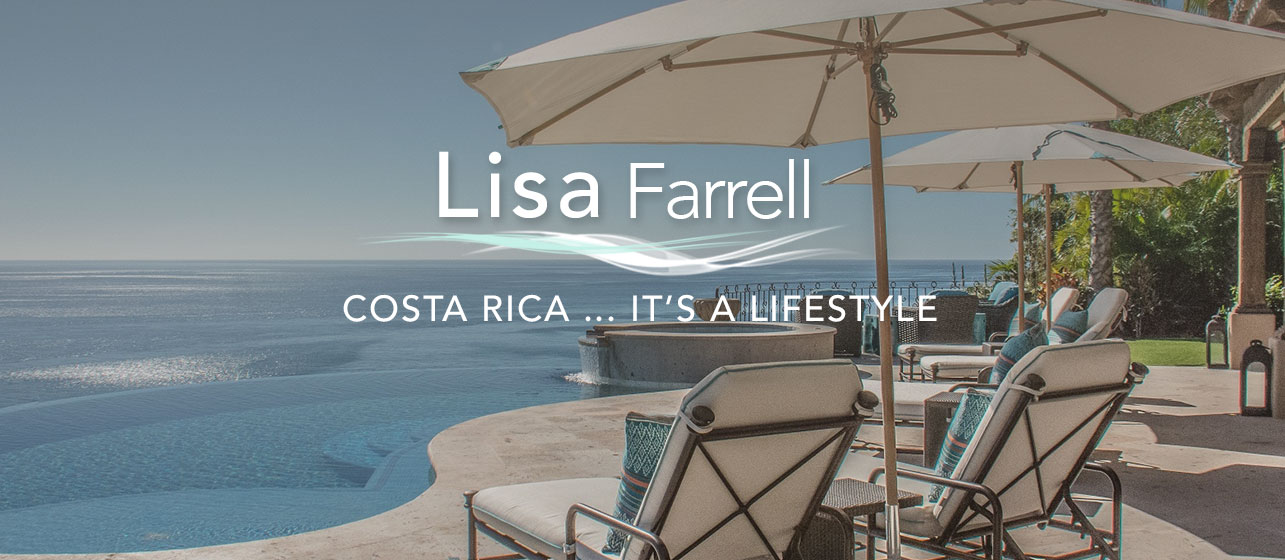 Costa Rica has long been a popular destination for expatriates and retirees seeking a high quality of life at a relatively affordable price. The country’s combination of stable governance, warm climate, and natural beauty attracts people from around the globe. However, as with any location, understanding the cost of living is essential for anyone considering investing in real estate in Costa Rica. This article examines the cost of living in Costa Rica and how it influences the local real estate market.
Costa Rica has long been a popular destination for expatriates and retirees seeking a high quality of life at a relatively affordable price. The country’s combination of stable governance, warm climate, and natural beauty attracts people from around the globe. However, as with any location, understanding the cost of living is essential for anyone considering investing in real estate in Costa Rica. This article examines the cost of living in Costa Rica and how it influences the local real estate market.
Overview of Costa Rica’s Cost of Living
The cost of living in Costa Rica varies depending on lifestyle, location, and individual preferences. While many areas remain affordable compared to North America or Europe, certain regions and lifestyles come with higher costs. Below are some key expenses to consider:
- Housing: Purchasing property can range widely in price. A modest home or apartment outside city centers may cost around $100,000 to $200,000, while luxury homes in desirable locations tend to sell for $300,000+, and can run into the millions to purchase.
- Utilities: Monthly utilities, including electricity, water, and internet, typically cost $100–$300, depending on home size and usage. Air conditioning can significantly increase electricity bills in coastal areas.
-
 Groceries: Imported goods can be expensive. Local produce, dairy, and staples are generally affordable. A couple might spend $300–$500 per month on groceries if they primarily buy local products. Expect to pay $$500 to $800 per month if you insist on having all the imported name brand products you are used to.
Groceries: Imported goods can be expensive. Local produce, dairy, and staples are generally affordable. A couple might spend $300–$500 per month on groceries if they primarily buy local products. Expect to pay $$500 to $800 per month if you insist on having all the imported name brand products you are used to. - Transportation: Import duties are high. We can take for example a RAV4. The base price will start at about USD$35,000 for the basic model. The top line model sells for about USD$44,000. Prices on used cars will typically be higher than Blue book value but you can find deals. Gasoline is about USD$6–$7 per gallon.
- Healthcare: Public healthcare is affordable and available to residents, while private healthcare is more expensive but significantly less than in many Western countries. Just as in most western countries, expat health insurance varies according to age. Many large insurance companies, such as Blue Cross, offer health insurance in Costa Rica.
Regional Variations in Living Costs
Costa Rica’s cost of living and real estate prices depend heavily on location.
- Central Valley (San José, Escazú, Santa Ana): This urban area offers a mix of real estate options. The presence of international schools and businesses has led to higher costs in some neighborhoods, particularly in Escazú and Santa Ana. Resale value tends to be lower than in coastal regions and it can take a long time to sell a property depending on exact location.
- Popular Coastal Regions (Guanacaste): Coastal areas often cater to tourists and expats, leading to higher property values and living costs. Guanacaste, for example, is known for its luxury beachfront properties and large expat communities. Properties tend to appreciate in value more quickly than in other parts of Costa Rica. Rental income potential is also higher.
- Rural Areas: Smaller towns and rural areas offer significantly lower living costs. Homes are more affordable, and the cost of day-to-day expenses is reduced, though amenities and services may be limited. While there are some very beautiful places to live in Costa Rica, these areas may be far from amenities and private healthcare options. Also, unless you offer fire sale prices, it can take years to sell a property. The demand for homes built to international standards is very low. Savvy investors buy in locations where properties tend to sell more quickly and visit the many beautiful places in Costa Rica.
Impact on Real Estate
The cost of living directly influences real estate trends in Costa Rica. Key factors include:
- Demand for Affordability: Many expatriates and retirees on a lower fixed income seek properties in regions offering a lower cost of living, such as less tourist-heavy coastal areas.
- Luxury Market Growth: Demand for high-end properties in popular tourist areas has resulted in higher prices, making these markets less accessible to budget-conscious buyers.
- Rental Market Expansion: Costa Rica’s thriving tourism industry fuels demand for short-term rentals, particularly in popular coastal regions. Investors often purchase properties to cater to this market.
- Urbanization and Infrastructure Development: Areas with improving infrastructure, such as better roads and access to amenities, often see an increase in real estate demand and prices. However this expansion is slow. Areas such as the Papagayo region have excellent infrastructure resulting in a higher number of new developments, such as the new Waldorf Astoria Residences and Four Seasons Villas.
Tips for Prospective Buyers
- Do Thorough Research: Compare prices in different regions to find the best match for your budget and lifestyle.
- Consider Long-Term Plans: If you plan to rent out your property, choose a location with high tourist demand.
- Understand Residency Requirements: Under certain circumstances buying a property can help you qualify for residency. You should research visa and residency options to avoid complications. We can help you know if your real estate investment will qualify.
- Work with Professionals: Engage local real estate agents, attorneys, and consultants to navigate legal and market-specific challenges.
Conclusion
Costa Rica’s cost of living remains appealing to many, but the impact on real estate prices varies widely by location and property type. Understanding these dynamics is crucial for making informed decisions, whether you're planning to move or invest. With careful planning and professional guidance, Costa Rica can offer a financially sustainable and fulfilling lifestyle.
This practical overview aims to help you assess the financial realities of living and investing in Costa Rica while navigating its diverse real estate landscape.
Let me help you get to know about living in Costa Rica. All our agents have lived here for years and would be happy to share their knowledge and personal experiences.





